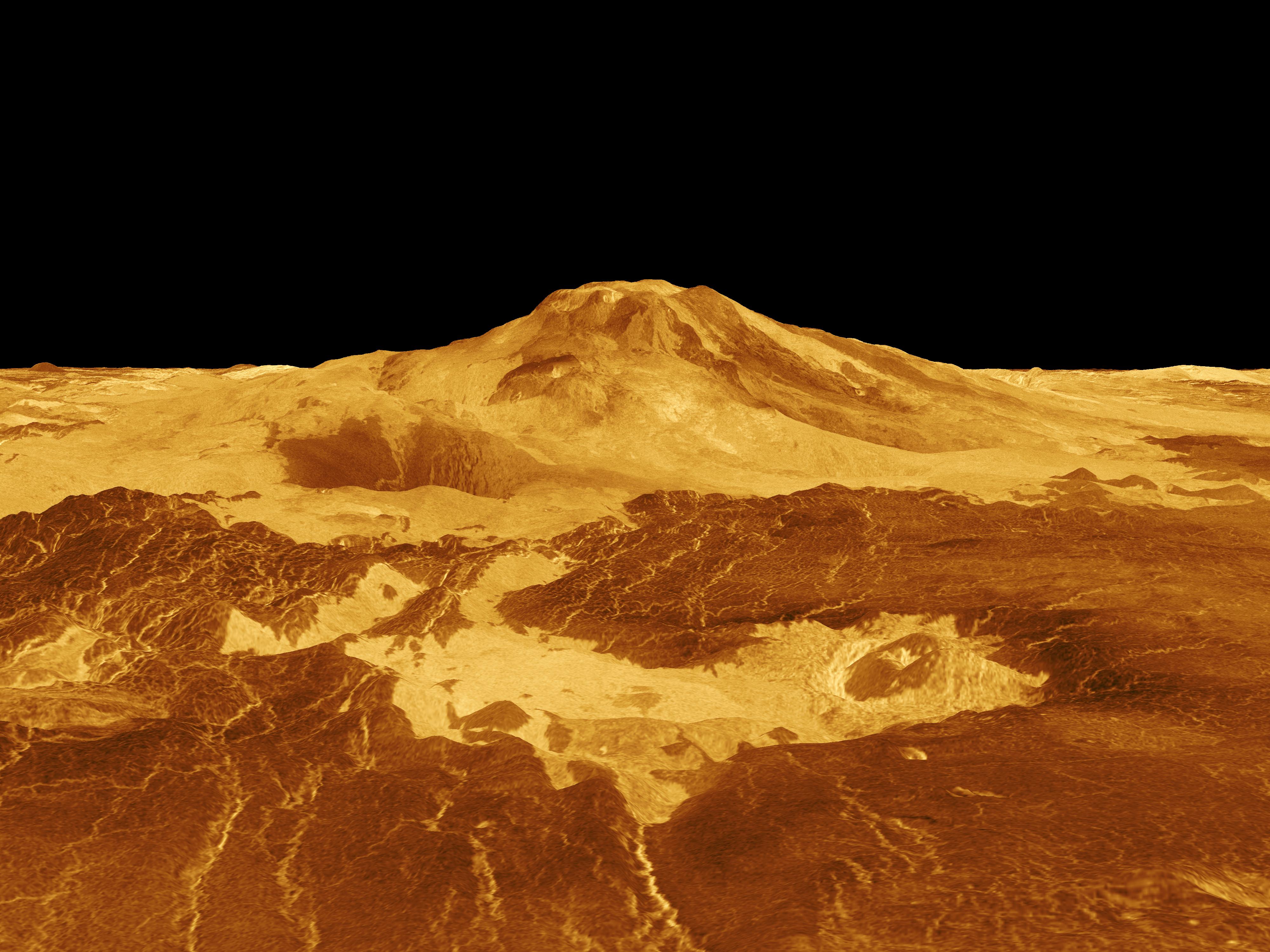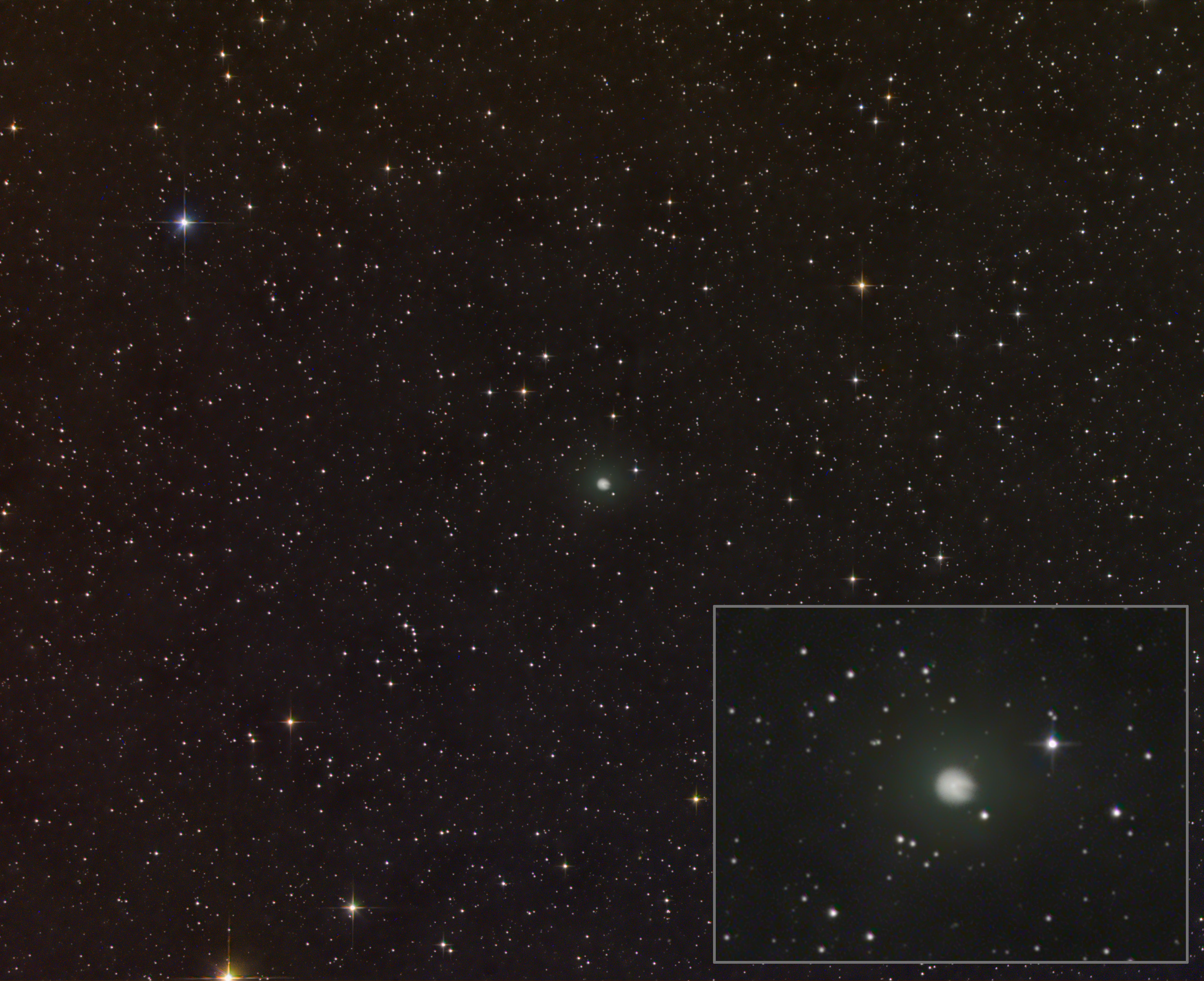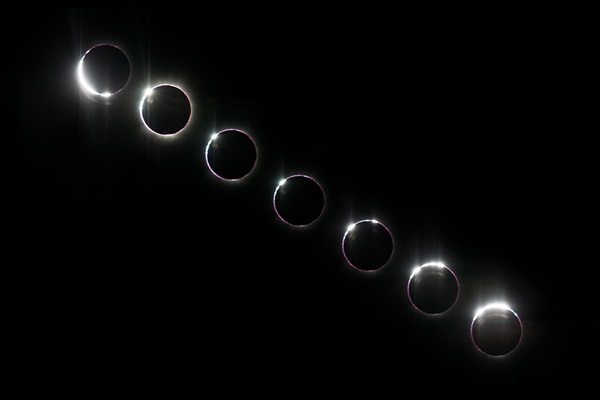This is the first transit of the Sun by a planet observed from any planet other than Earth and also the first imaging of Mercury from Mars. Mercury fills only about one-sixth of one pixel as seen from such great distance, so the darkening does not have a distinct shape, but its position follows Mercury’s expected path based on orbital calculations.
“This is a nod to the relevance of planetary transits to the history of astronomy on Earth,” said Mark Lemmon of Texas A&M University, College Station. “Observations of Venus transits were used to measure the size of the solar system, and Mercury transits were used to measure the size of the Sun.”
Curiosity made the observations June 3, 2014, from it’s position inside Gale Crater on Mars. In addition to showing the Mercury transit, the same Mastcam frames show two sunspots approximately the size of Earth. The sunspots move only at the pace of the Sun’s rotation, much slower than the movement of Mercury.
Many viewers on Earth observed a Venus transit in June 2012, the last visible from Earth this century. The next Mercury transit visible from Earth will be May 9, 2016. Mercury and Venus transits are visible more often from Mars than from Earth, and Mars also offers a vantage point for seeing Earth transits. The next of each type visible from Mars will be Mercury in April 2015, Venus in August 2030, and Earth in November 2084.










